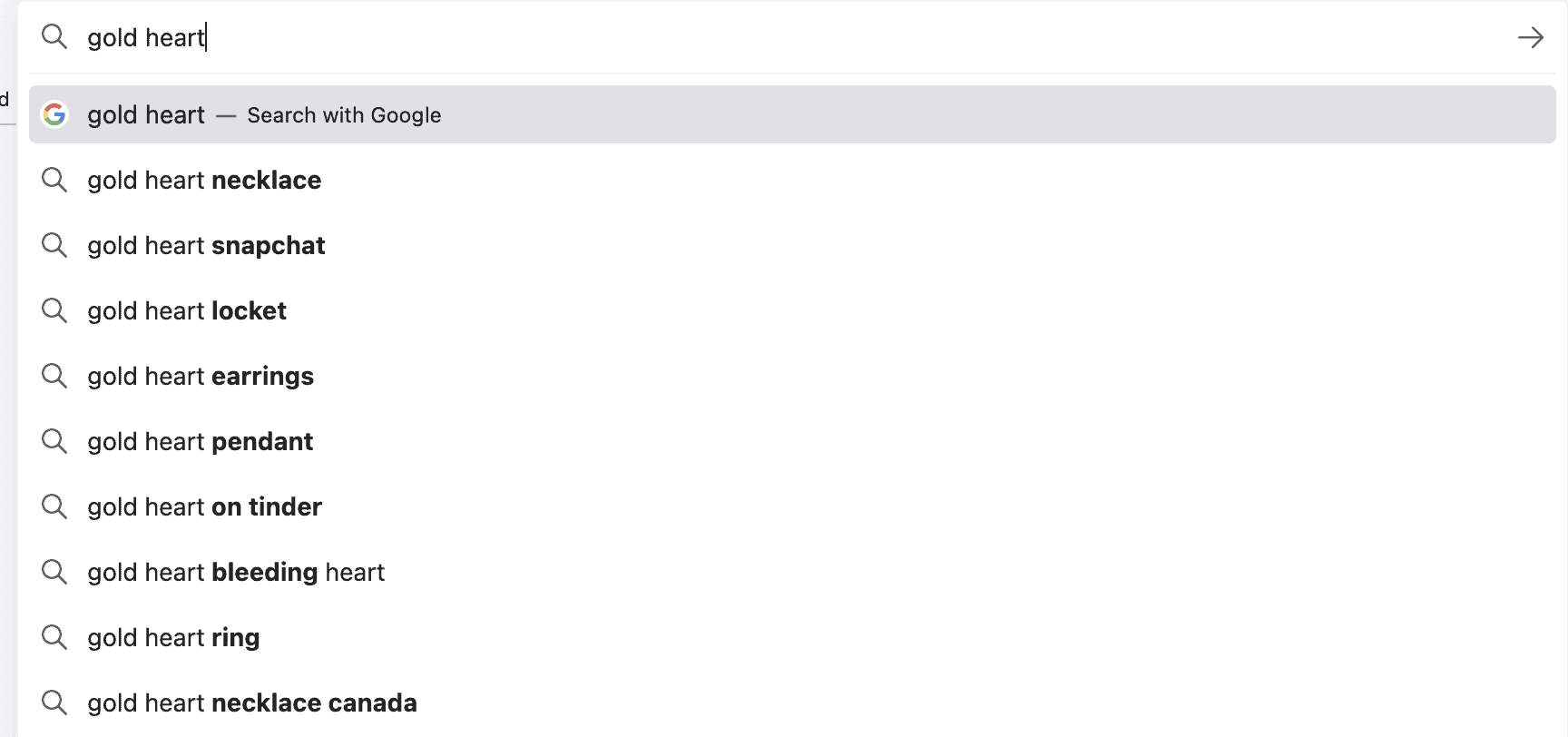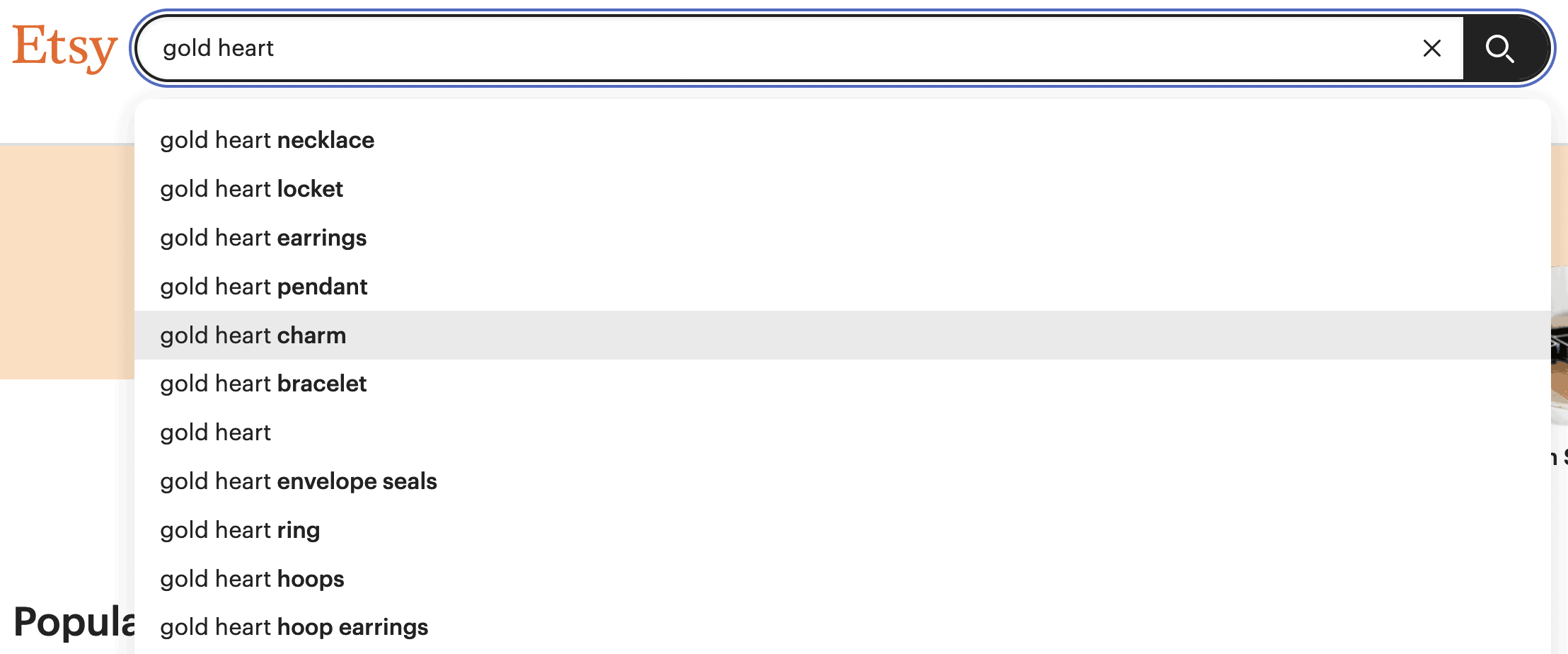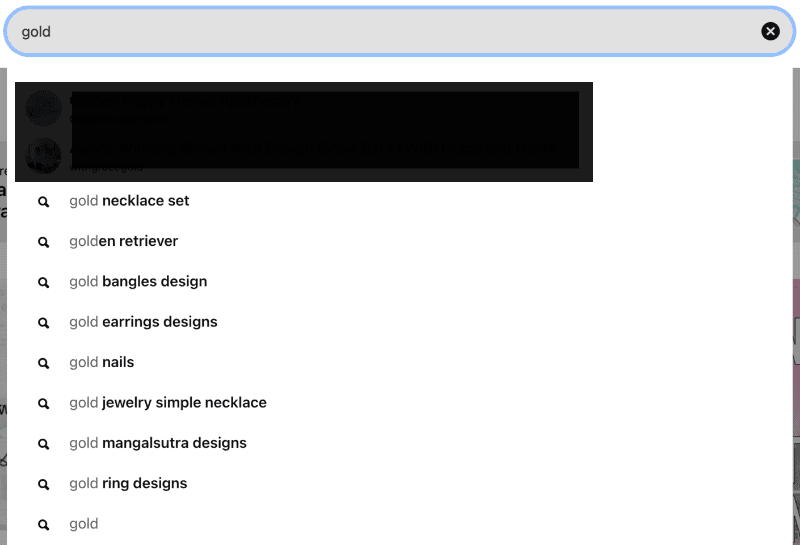3 Timeless Tips for SEO
Whether you sell your handmade products on Etsy or through your website, search engine optimization (SEO) is crucial to your online shop’s success.
SEO is a complicated subject and search engines (e.g. Google, Etsy’s search engine) are constantly changing the algorithm so people can’t “cheat the system”.
I’ve found, SEO doesn’t have to be that complicated.
When you look at SEO from a search engine’s perspective and a shopper’s perspective, it’s easier to understand the best practices you should be implementing.
Why algorithms constantly change
If you sell on Etsy or have a website you’ve either dealt with an algorithm change firsthand or have heard of sellers who lost half their traffic overnight due to an algorithm update.
Why does Etsy/Google need to mess with a good thing?
Although the people who’s shops are disrupted by an algorithm change may be running legitimate shops, there are a lot of people on Etsy, and on the Internet, who are not.
Which is why updates are constantly made to ensure a search engine’s algorithm weeds out the spammy results and improves how searches are matched with results.
If SEO were as simple as using keywords in your listing that you want to be found for, someone could simply use a high-volume keyword so their listing shows up in popular searches, even though the item they’re listing isn’t relevant.
Imagine that from a shopper’s perspective.
You’re searching for a “gold heart necklace” on Etsy and type the phrase into the search bar.
On the first page of results, there are only a few listings that are gold heart necklaces. The other listings are irrelevant, but they have “gold heart necklace” in the title, so they show up in your feed.
How long are you going to sort through results to find what you’re looking for?
And are you going to come back again and again to shop on Etsy when it’s so hard to find what you’re looking for?
No.
This is why platforms like Etsy are constantly trying to improve their algorithm.
To help shoppers find exactly what they’re looking for, and quickly.
And…
To prevent scammers from cheating the system and getting their listings into search results they don’t belong in.
The “secret” to SEO success
We’ll never know exactly how a search engine’s algorithm works. But the best practices keep the end user (the searcher) in mind.
It’s really not a secret.
It’s using techniques that align with the purpose of the search engine: help users find what they’re looking for.
The following 3 tips will help you please the search engines.
1 – Start with demand
You cannot be successful at optimizing your online store for search engines if you don’t conduct keyword research first.
You can use a keyword perfectly; use it in your listing’s title, place it at the start of a title, use it in your product description, use synonyms, fill your online shop with related products, etc.
But if the keyword you choose to use isn’t being searched for, all that hard work won’t give you results (i.e. shop traffic).
If you’re serious about SEO, it’s worth it to invest in a keyword research tool such as Marmalead, Moz, Semrush, Ahrefs, etc.
But if you’re just getting your toes wet with SEO, you can get a general idea of the keywords your target market is searching using free methods.
For example, you may use:
A) Autofill
Start by clearing your browser’s cache or open a browser you don’t normally use (e.g. if you use Firefox, try opening Chrome). This will ensure you don’t get autofill suggestions based on your past searches.
Go to a search engine (e.g. Google, Etsy’s search bar, Pinterest’s search bar, etc.) and start typing your product name (e.g. gold heart necklace).
Pay attention to the phrases that autofill below as you’re typing.
You may get relevant ideas with just one word, or you may need to type several words to get relevant autofill suggestions.
These are phrases that people commonly search on the platform and that would be beneficial to use in your SEO tactics.
The autofill results may spark product ideas or different words to use (e.g. “gold heart pendant” may be more commonly searched than “gold heart necklace”).
Google autofill results:

Etsy autofill results:

Pinterest autofill results:

B) Top results
Complete your search and analyze the results that appear on the first page, and at the top of the first page (ignoring paid ads).
Search engines have a lot of data they use to show users the best results. Information such as how many people click on a result for a gold heart locket necklace versus an interlocking gold heart necklace.
If thousands of people click on gold heart locket necklaces and only a few hundred click on interlocking gold heart necklaces, the search engine concludes that most shoppers are looking for a locket-style when searching “gold heart necklace”, and thus, they’ll favour listings/shops/websites that offer that style.
If you’re conducting keyword research to determine which products you should make for your online shop, gold locket necklaces may prove to be a more successful option (if that’s what the top results are filled with).
C) Related searches (Google)
Sometimes, you might be starting with the wrong keywords. This is where related searches (shown on Google) can point you in the right direction.
If I type “gold heart necklace” into Google and scroll down, I’ll find a “Related Searches” section.
This section may give me variations of the product that are commonly searched (e.g. solid gold heart necklace), different phrases people use (e.g. gold heart pendant) or products that are similar (e.g. diamond heart necklace).
D) Google Trends
You can head to Google Trends and search keywords to find variations of it that are trending.
It’s best to keep your search more general on Google Trends. For example, you may search “gold necklace” or “necklace” to find trends in those categories of products, rather than searching “gold heart necklace”, which may be too specific to offer related trends.
Be sure to play around with the settings of your search too. You may want to change the location to “worldwide” to get a better overview of trends or get specific by choosing the country you’re in.
Whichever method you use, start your search engine optimization strategy with keyword research to ensure you’re choosing keywords that are actually being typed into search engines.
2 – Build an online shop that makes sense
Although you may want to fill your online shop with all-the-things to flex your creative muscle and to ensure you have “something for everyone”, search engines don’t approve of that approach.
If you’re a well established brand with a well established website that’s already gained a search engine’s trust, you may be able to get away with having an expansive product selection.
In most cases, businesses benefit from refining their product selection.
An online shop filled with products that are related to each other will help a search engine “define” a shop and determine which searches it’s a good fit for.
Imagine this…
You’re searching for a gold heart necklace and you have two shops to choose from.
Shop #1 has dozens of gold heart necklaces and similar items (e.g. gold star necklace, gold heart earrings, silver heart necklaces, etc.). The shop only sells gold, silver, and rose gold jewelry. The name of the store and its description also suggests they specialize in metal jewelry.
Shop #2 has one gold heart necklace and few other pieces of jewelry. The rest of the shop is filled with knitted items, candles, and soaps. The name of the shop and its description is vague (e.g. Jane’s Shop ~ we specialize in everything).
Which shop do you think is going to help you find the perfect gold heart necklace? Shop #1.
A search engine will also think shop #1 will be the winner and will favour it in search results.
There are many other factors that help tell a search engine you’re a good website/shop/listing to bet on, such as:
- Establishment – how long a shop/website has been open for
- Reviews – are customers happy with their purchases?
- Reputation – how many websites link to a shop? This tells a search engine other websites trust and recommend your business
- Activity – how often is a website/online shop updated?
- Etc.
Build a shop that a search engine and shoppers will have an easy time understanding (and trusting).
3 – Act natural
If an SEO tactic sounds too good to be true, it probably is.
Search engine optimization is a long game. The efforts you put in today will typically give you results (if done properly) in a matter of months, sometimes years; not days.
There’s a lot of advice out there. Even some of it that comes from reputable experts can get you in SEO trouble.
Everyone is trying to find tricks to get results faster, but I can tell you from YEARS of working on SEO and spending thousands of dollars on SEO courses and hours implementing advice; those tricks usually end up harming traffic in the long run.
There will be an algorithm update that catches on to the latest SEO scheme and that update may result in your traffic being cut in half (or worse).
When you’re repeating a keyword over and over in a title, description, tags, etc. that’s not natural.
Write like a human, consider what your customers will want to read, don’t put keywords where they don’t belong or don’t seem to make sense, and try to avoid the get-results-fast schemes.
Slow and steady wins the SEO race.
If you follow these 3 SEO tips, you can’t go wrong. They’ll stand the test of time.

Hey, I’m Erin 🙂 I write about small business and craft show techniques I’ve learned from being a small business owner for almost 2 decades, selling at dozens of craft shows, and earning a diploma in Visual Communication Design. I hope you find my advice helpful!
